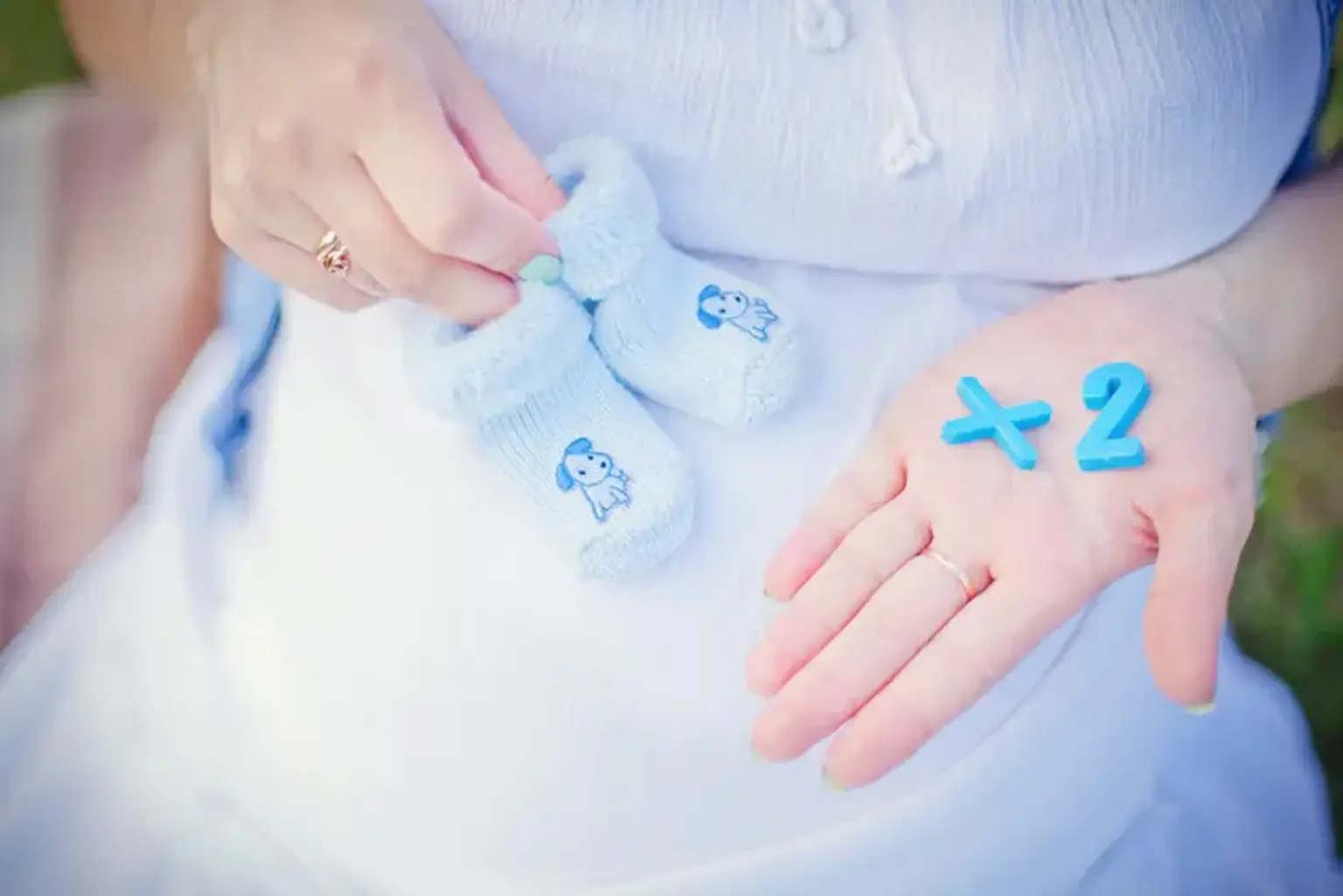What is a Multiple Pregnancy?
A multiple pregnancy is defined as expecting more than one child at once. For example, twins are two infants that a woman is carrying at the same time and triplets are three children delivered inside one pregnancy. Additionally, one can carry numerous infants at once (high-order multiples). Multiple pregnancy often carries more risks and complications than a singleton pregnancy (carrying just one baby).
